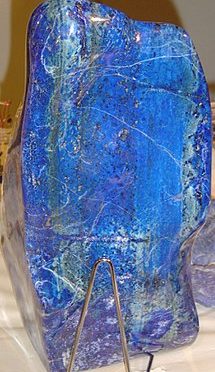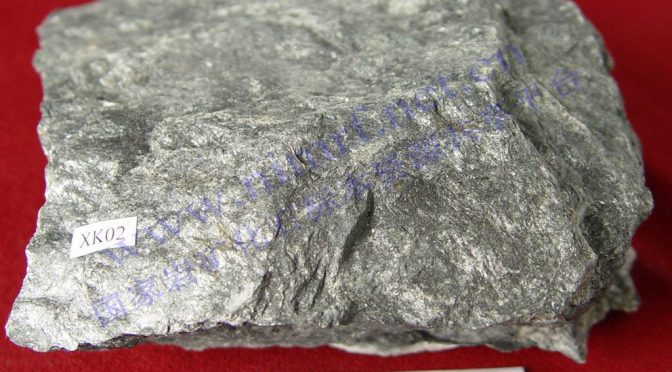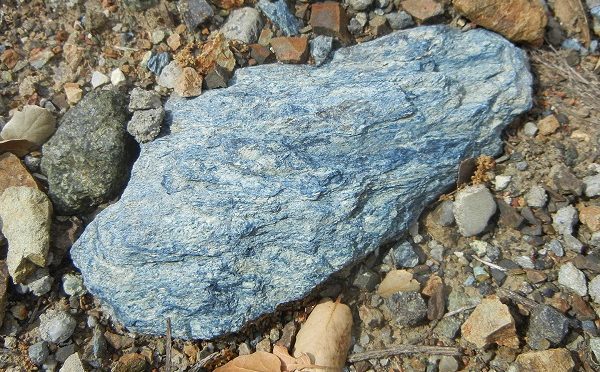
RM016 Pink Gneiss
Class: 5D Name: Cheung Pak Tung Year: 2017 – 2018 地質年代:(化石) (岩石) 化學組成, 鍵及結構:(礦物) 對於淺色帶,岩石通常包含長石礦物(長石,斜長石)和石英等長英質礦物。 對於深色帶,它主要含有黑雲母,輝石(輝石)和角閃石(角閃石)等基性礦物, Geological Age: (Fossil) (Rock) Chemical composition, bonding and structure: (Mineral) For the light coloured bands, the rocks usually contain felsic minerals such as feldspar (orthoclase, plagioclase) and quartz. For the dark coloured bands, it mostly contains mafic minerals such as biotite, pyroxene (augite) and amphibole ( hornblende) 形成:(岩石) (礦物) 片麻岩通常由匯聚板塊邊界的區域變質作用形成。 它是一種高品位的變質岩石,礦物顆粒在強熱和高壓下發生再結晶。 這種改變增加了礦物顆粒的大小,並將它們分離成帶狀物,這種變化使岩石及其礦物在變質環境中更加穩定。 Formation:(Rock) (Mineral) It is formed by regional metamorphism at convergent plate boundaries. As…





